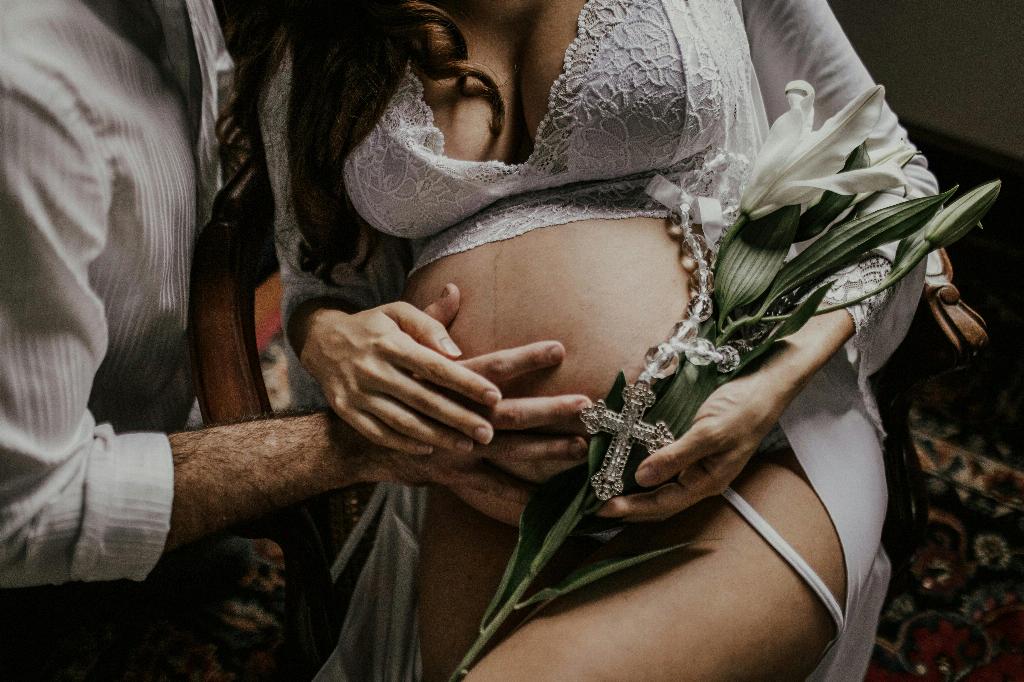When it comes to body piercings, one of the concerns that individuals often have is whether the scars left behind will eventually fade away, particularly in the case of belly button piercings. The presence of a scar around the navel area can be a point of contention for many, leading to questions about the healing process and the permanence of these marks.
Healing Process of Belly Button Piercings
It is essential to understand that any wound, including a piercing, goes through a healing process. Initially, after getting a belly button piercing, there will be some inflammation and tenderness around the area. This is a natural response of the body as it works to repair the damage caused by the piercing.
Scar Formation and Characteristics
Scarring is a common outcome of any type of injury to the skin, including piercing. The body produces collagen to heal the wound, and this collagen can sometimes result in a scar. The appearance of the scar can vary from person to person, depending on factors such as skin type, genetics, and how well the piercing was cared for during the healing process.
Duration of Belly Button Piercing Scars
In most cases, belly button piercing scars will gradually fade over time. It is essential to note that the healing process is unique to each individual, and while some scars may disappear entirely, others may leave a faint mark that remains visible. However, with proper care and attention, these scars should diminish in appearance.
Factors Affecting Scar Healing
Several factors can influence how quickly a belly button piercing scar heals. These factors include the size of the piercing hole, the quality of aftercare, the individual’s skin type, and genetic predisposition to scarring. It is crucial to follow proper piercing care guidelines to promote optimal healing and minimize scarring.
Importance of Proper Aftercare
Proper aftercare plays a significant role in the healing process of belly button piercings. It is essential to keep the piercing clean, avoid touching it with dirty hands, and follow any instructions provided by the piercer. By maintaining good hygiene practices, you can help reduce the risk of infection and promote quicker healing.
Consultation with a Professional
If you are concerned about the appearance of a belly button piercing scar or experience any complications during the healing process, it is advisable to consult with a professional piercer or dermatologist. They can assess the situation and provide guidance on the best course of action to promote optimal healing and minimize scarring.
Embracing Body Modifications
It is important to remember that body modifications, such as piercings, are a form of self-expression and personal choice. While scars may be a natural outcome of these modifications, they are also a reminder of our individuality and unique journey. Embracing these marks as part of our story can help foster self-acceptance and confidence.
Long-Term Outlook
For many individuals, belly button piercing scars eventually become a subtle reminder of a past experience rather than a prominent mark. As time passes and the skin continues to heal, these scars often blend in with the surrounding tissue, becoming less noticeable. With patience and proper care, you can navigate the healing process and embrace the beauty of your body, scars and all.
Final Thoughts
In conclusion, while belly button piercing scars may be a concern for some individuals, they typically fade over time and become less noticeable. By understanding the healing process, practicing good aftercare, and seeking professional guidance when needed, you can promote optimal healing and minimize the appearance of scars. Remember that your body tells a unique story, and each mark is a part of that narrative.

